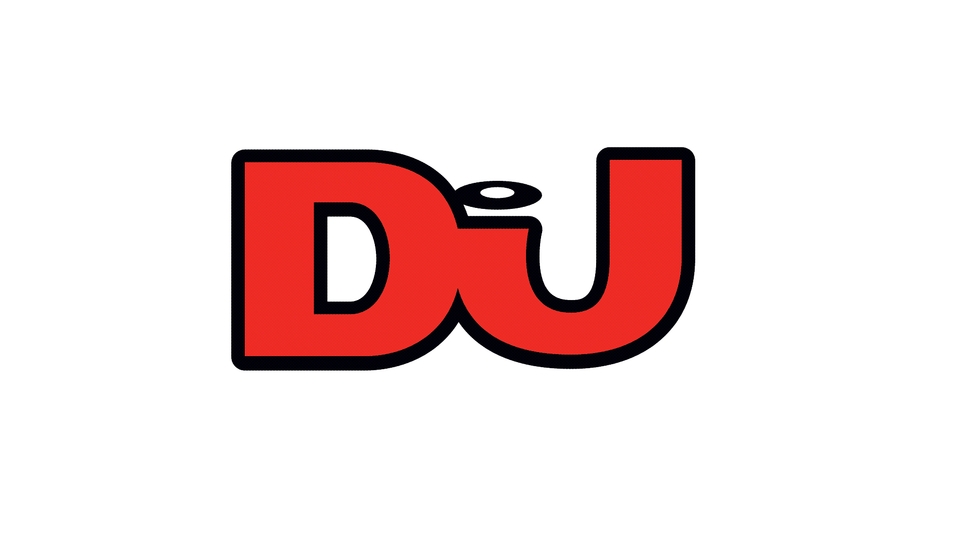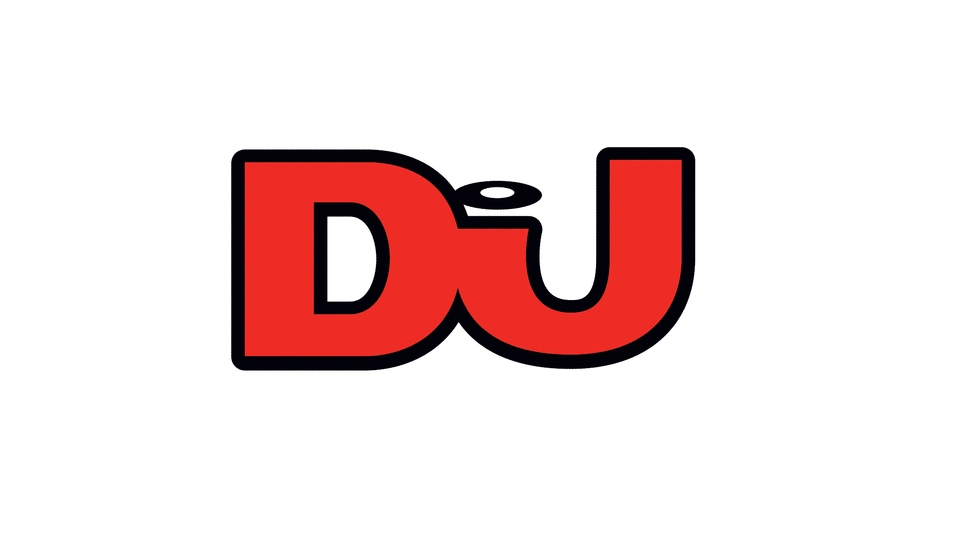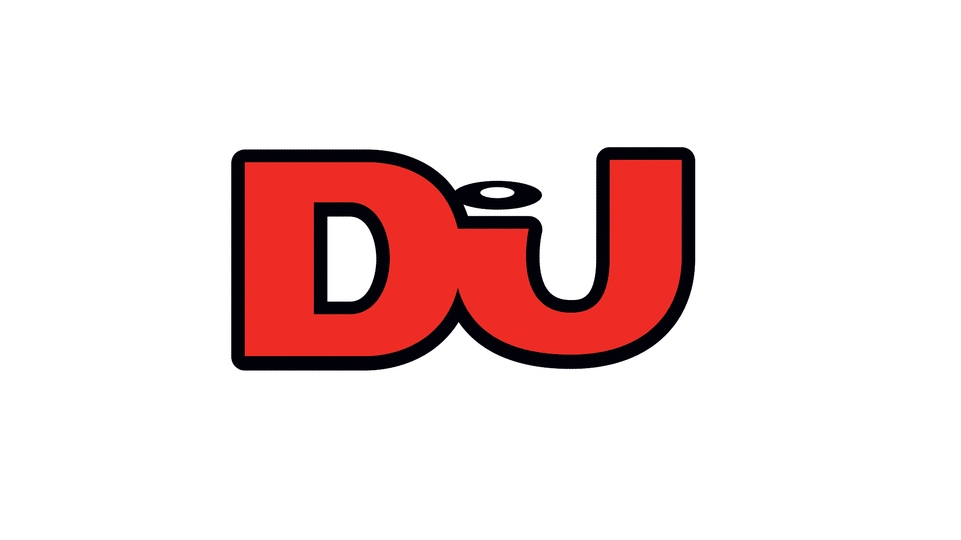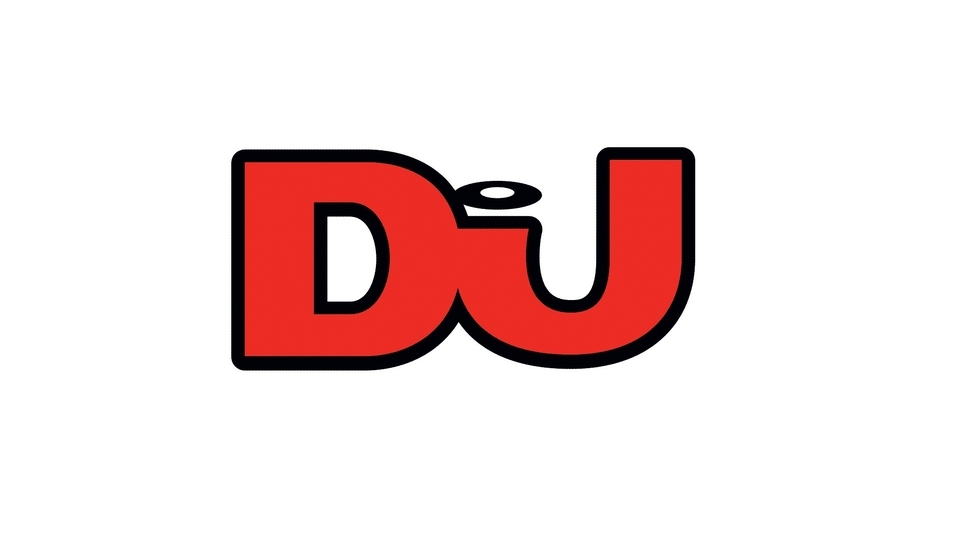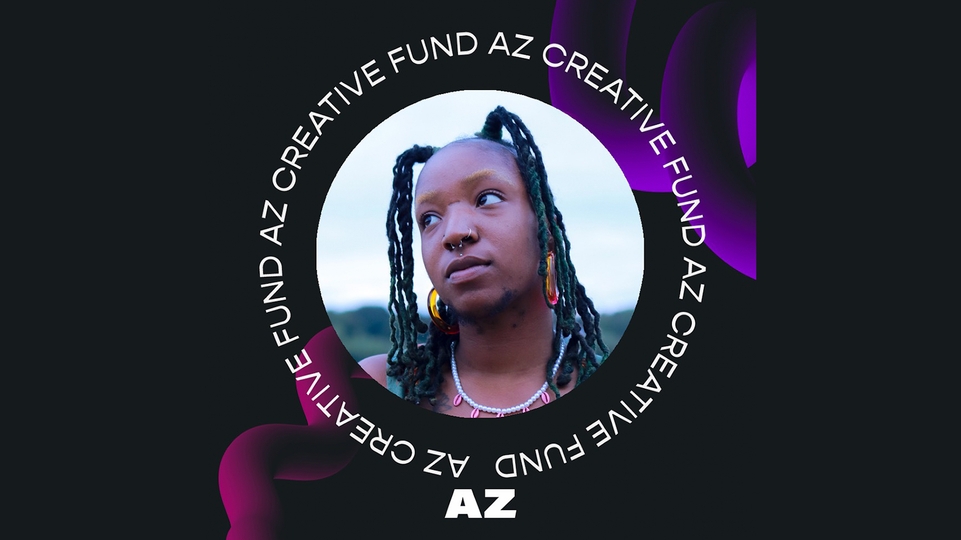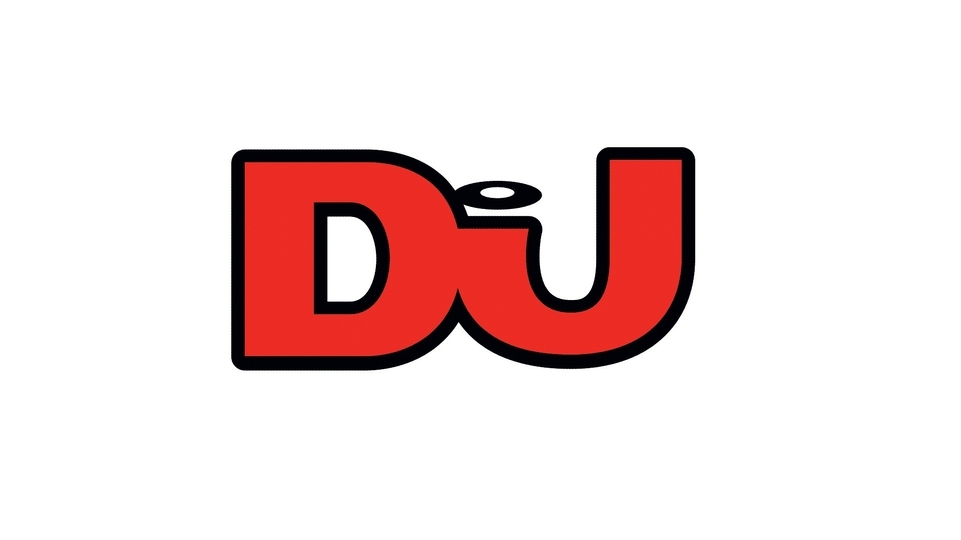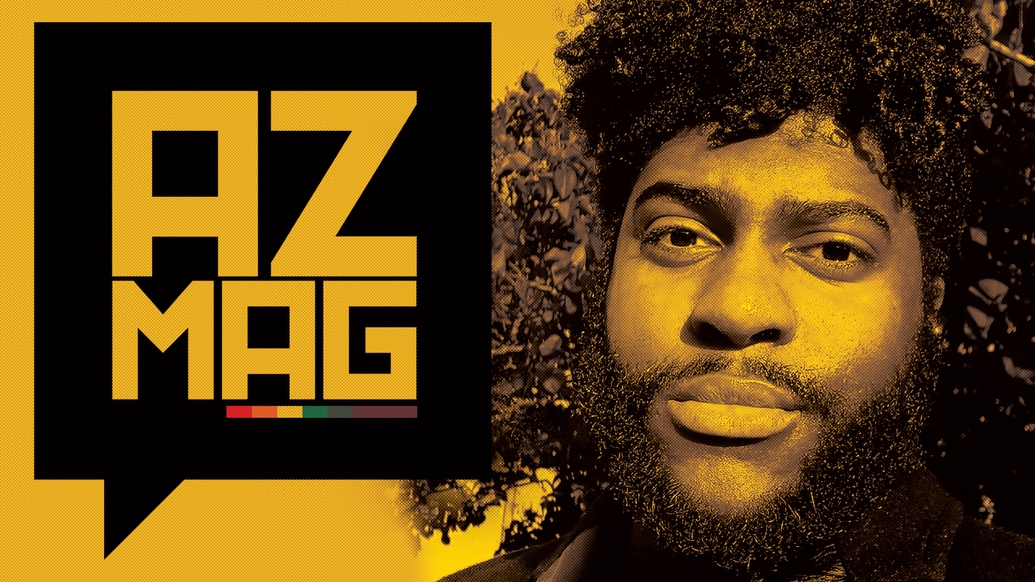
Isaac Eloi: Queering the arts, and taking up space, for a bolder tomorrow
In collaboration with AZ Magazine, a publication for LGBTQ+ Black people and people of colour, writer Isaac Eloi highlights the importance of spaces that support creatives from these communities
The LGBTQ+ community has left an indelible mark on our cultural productions. From fashion to art, music, dance and cosmetics, wherever one finds an innovation, a queerand/or trans person is not far from the scene of the action, if not leading the charge. However, LGBTQ+ people have been forced to live on the margins of society. Rigid gender and sexuality norms have been enforced through intersections of religion and state, and deviating from these norms has often resulted in legal retribution and other punitive measures, like social isolation and stunted job prospects.
And yet out of this struggle, beautiful, radical art has been created. When LGBTQ+ people took to the dancefloor to rebel against these heteronormative modes of being, dance music was born. From the early 1970s, David Mancuso held late night parties in the Lower East Side of Manhattan, New York, that became a birthing ground for disco music known as The Loft. These parties created a ripple effect: in attendance, among many others, were Frankie Knuckles and Larry Levan. Knuckles moved to Chicago and took up DJing at The Warehouse, becoming a house music pioneer. Levan stayed in New York and took up residence at the Paradise Garage, becoming one of the most influential DJs of all time.
As disco music boomed across the world in the ’70s, its queer Black roots briefly went mainstream, with powerful hits such as Sylvester’s ‘You Make Me Feel(Mighty Real)’. Towards the end of the decade, though, America’s opinion of disco had soured. The anti-disco movement came to a head on 12th July 1979 with the Disco Demolition Night: in Chicago’s Comiskey Park baseball stadium, disco records were blown up in protest, and the night ended in a riot. ‘Disco Sucks’, a slogan perpetuated by mostly white rock fans, was weaponised against disco’s Black and LGBTQ+ fans and contributed to the collapse of the scene.
In 2020, we are living in an increasingly liberated but commodified world. Gone are the days when queer aesthetics were shunned by industry — rather, they are now commodified to attract wider audiences, while simultaneously widening the gaps between LGBTQ+ people and other social groups, a symptom of late capitalism. The stakeholders of dance music, in particular, are no longer queer communities of colour, but often heterosexual, white and male. To function, capitalism must always be consuming. Queer aesthetics are up for consumption — but not understanding.
We see artists such as Lady Gaga, with scores of LGBTQ+ fans, succeed in a way that few queer artists ever have. Reggaeton star Bad Bunny has received praise for his support of the LGBTQ+ community and the queering of his art — the music video for his recent single ‘Yo Perreo Sola’ highlights respect for women who want to dance alone, and shows him dancing in drag — but while the visuals and message are important, a large part of the power of the message comes from Bad Bunny himself, a cisgender, heterosexual man who is able to adopt queer aesthetics and then retire them at will. If Bad Bunny identified as queer, would we see as strong a reception for his art and political stances?
“It is as if queerness can only go mainstream when viewed through the prism of whiteness, one in which Blackness is seen as incompatible with non-heterosexuality”
In comparison, performances of queerness by LGBTQ+ people have not garnered such praise or success, and particularly for queer Black people and people of colour. American singer and actor Alex Newell, with his high tenorino vocals that rumble across dance beats, sings about relationships with men. Alex lives and breathes dance music, but his identity as a gender non-conforming gay man has arguably contributed to the limited career he’s had to date.
Drag performers such as Courtney Act make dance music, but their audience is limited to their core drag following. Many other drag performers, including popular former contestants of the Emmy Award-winning TV series RuPaul’s Drag Race, have stepped into the booth to create hi-octane dance records, but such records are met with muted fanfare from the dance music community.
We have Black queer artists such as Todrick Hall, Janelle Monae, Mykki Blanco, Big Freedia and MNEK creating solid bodies of work, but they’ve yet to receive the industry-wide praise and success that some of their white queer and gender non-conforming peers have: like Sam Smith and Troye Sivan, and Elton John, Liberace and Freddie Mercury before them. It is as if queerness can only go mainstream when viewed through the prism of whiteness, one in which Blackness is seen as incompatible with non-heterosexuality.
This is mirrored in clubbing and events, too. Vogue balls are at one end of the spectrum, where LGBTQ+ Black people and people of colour invent their own worlds, and circuit parties are at the other, a scene dominated by white gay men, with corporate sponsorships and overt commercialism. Circuit parties are funded and promoted in ways that balls rarely are because they attract a white audience and create a queer subculture that marginalises others.
While the internet provides an ever-growing forum for queer artists to publish and promote their art, the need for queer-affirming live spaces remains, but the COVID-19 pandemic has made this need even more desperate. With 95% of US arts workers having lost income due to the pandemic, and with a £1.57 billion UK government fund to save the crown jewels of the arts sector, queer artists in both countries are bound to be some of the most disproportionately affected. Their art often speaks to their queerness, but how can their art reach wider audiences when most spaces are not made with them and their art in mind?
In these times, spaces like AZ Magazine (AZ Mag) are crucial. AZ Mag was founded by four Black queer women in 2015. It is a London-based online publication, social space and event organisation space for LGBTQ+ Black people and people of colour, created to give a voice for those people who have felt excluded from the wider LGBTQ+ community.
AZ Mag holds regular events such as AZ Hub, where queer and trans people of colour come together to display art and discuss topical issues on panels. The magazine also holds AZ Mag Live, an event where queer Black people and people of colour can perform — past events have hosted Travis Alabanza, Karnage, Miyagi and many others.
For some artists, AZ Mag Live is the first time they have ever performed live, providing them with a safe and affirming space to express their sexuality and gender. Now, more than ever, we need to create space for queer Black and POC artists to showcase their talents — and have a fighting chance at mainstream success.
AZ Mag are currently fundraising to support their projects with Black LGBTQ+ writers and content creators. To donate and read more, head to azmagazine.co.uk
